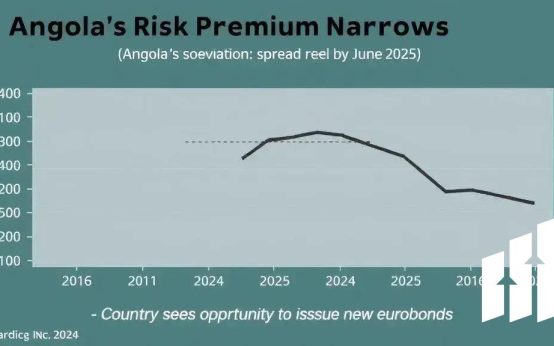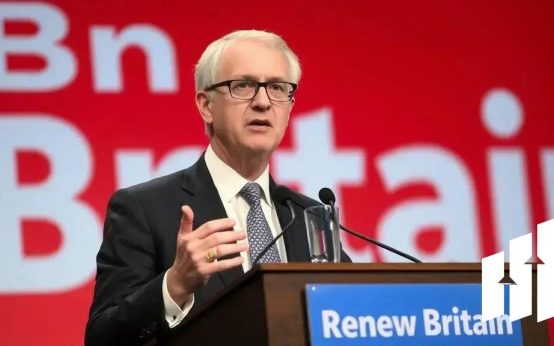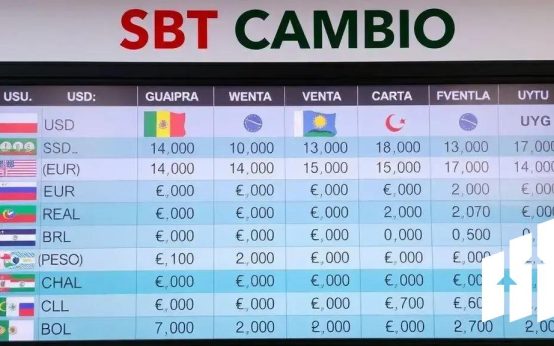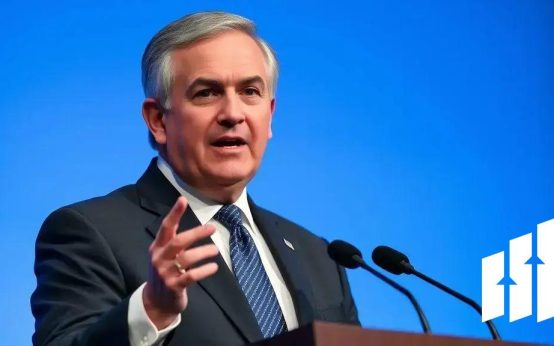As Hungary approaches its 2026 elections, lowering interest rates has become a key focus, as Prime Minister Viktor Orban believes this strategy can stimulate economic growth. By making borrowing cheaper, it encourages consumer spending and business investments, potentially benefiting everyday citizens. However, while lower rates can boost the economy, they also carry risks of increased borrowing and potential financial instability. Voters are closely observing these economic strategies, recognizing their direct impact on their lives and financial futures.
The topic of lowering interest rates in Hungary is crucial as the nation approaches its 2026 elections. Prime Minister Viktor Orban believes that decreasing these rates can boost the economy. A lower interest rate can make loans cheaper and encourage spending.
Why Lower Interest Rates Matter
Many people may not realize how interest rates affect their daily lives. When rates drop, borrowing money becomes easier. This can lead to more investments in homes and businesses. Consequently, this can help create jobs and improve local economies.
Impact on the Economy
Lower interest rates can have a positive vibe in Hungary. Businesses often take loans to grow or expand. If these rates are lower, businesses can invest more in operations. This could lead to a more vibrant economy, especially before elections.
Voters and Economic Concerns
Hungarians are paying close attention to economic issues as they approach the polls. Lowering interest rates is part of Orban’s strategy. He aims to gain support by promising a stronger economy for everyone. Voters want to feel secure in their financial futures.
Potential Risks
While lowering interest rates can help, it’s not without risks. Some worry that too much borrowing could lead to economic instability. It’s vital for the government to maintain a balance to keep the economy steady.
Ultimately, the discussion about interest rates is more than just numbers. It’s about the livelihoods of everyday people. As Hungary prepares for its elections, the focus on this issue will surely grow.
Conclusion
In conclusion, the discussion around lowering interest rates in Hungary is vital for the upcoming elections. By making borrowing cheaper, the government hopes to boost the economy and create more opportunities for everyone. It’s clear that voters care about how these decisions will affect their daily lives.
Lower interest rates can lead to increased spending and investment, which in turn helps local businesses and creates jobs. However, it’s important to remember that there are risks involved. Balancing economic growth while ensuring stability is a tricky but necessary challenge.
As Hungary moves closer to the 2026 elections, the impact of interest rates will remain a hot topic. Voters will be looking closely at how these changes could shape their future. Ultimately, understanding this issue will be key for both leaders and the public.
FAQ – Frequently Asked Questions About Lowering Interest Rates in Hungary
Why is lowering interest rates important for Hungary?
Lowering interest rates is crucial as it makes borrowing cheaper, encouraging spending and investment, which can help boost the economy.
How will lower interest rates affect everyday citizens?
Lower interest rates can lead to cheaper loans, helping families buy homes and making it easier for businesses to grow and create jobs.
What are the potential risks of lowering interest rates?
While it can stimulate the economy, excessive borrowing could lead to instability if not managed carefully.
How does the government plan to balance economic growth and stability?
The government aims to monitor borrowing levels and economic indicators closely to maintain a balance between growth and financial health.
What role do voters play in the discussion about interest rates?
Voters can influence economic policy through their opinions and their choices at the ballot box, especially regarding financial decisions that affect their lives.
How can I stay informed about interest rate changes in Hungary?
You can follow news from reputable sources, such as finance websites and government announcements, to keep track of interest rate updates and their implications.


 Miran Highlights Dual Goals of Fed and Interest Rate Outlook
Miran Highlights Dual Goals of Fed and Interest Rate Outlook  Are You a Robot? Unusual Activity Detected on Bloomberg
Are You a Robot? Unusual Activity Detected on Bloomberg  Keir Starmer Leads Business Delegation to India for Trade Pact
Keir Starmer Leads Business Delegation to India for Trade Pact  Takaichi Appoints Ex-Finance Minister as Secretary General of LDP
Takaichi Appoints Ex-Finance Minister as Secretary General of LDP  Argentina Continues Dollar Sales Amid Weakened Peso Crisis
Argentina Continues Dollar Sales Amid Weakened Peso Crisis  White House Calls on Democrats to Resolve Ongoing Government Shutdown
White House Calls on Democrats to Resolve Ongoing Government Shutdown